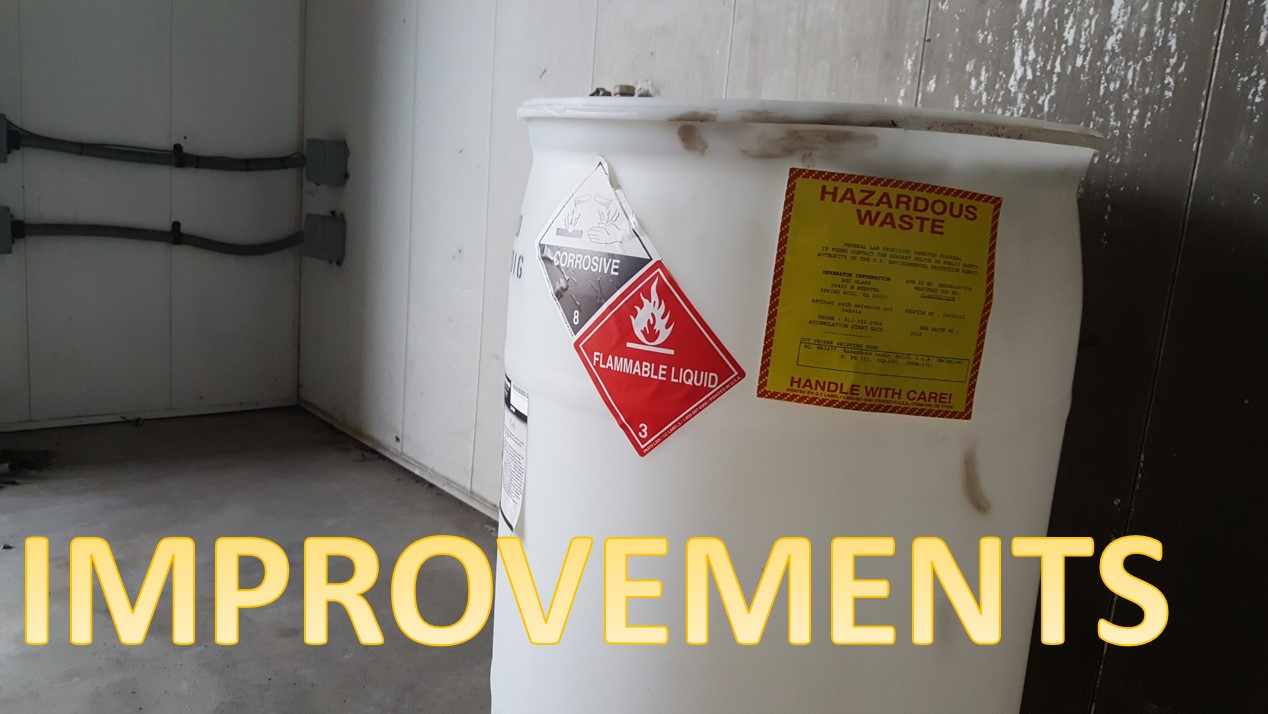In another article I review in detail the Federal USEPA regulations of 40 CFR 262.13 and its mandate to a generator to count the hazardous waste it generates and to determine its hazardous waste generator category. as those regulations were changed by the Generator Improvements Rule. Read: .
While the in-depth analysis of that article will assist you in understanding and complying with this very important regulation, it may also be of assistance to you to see – side-by-side – the applicable regulations before and after the changes of the Generator Improvements Rule. That is the purpose of this article.
Contact me with any questions you may have about the transportation of hazardous materials by air, highway, vessel, or rail International and Domestic Daniels Training Services, Inc. 815.821.1550 |

